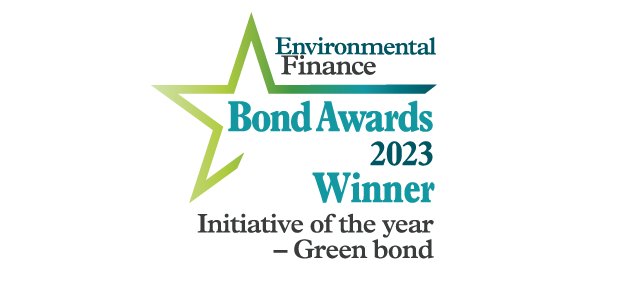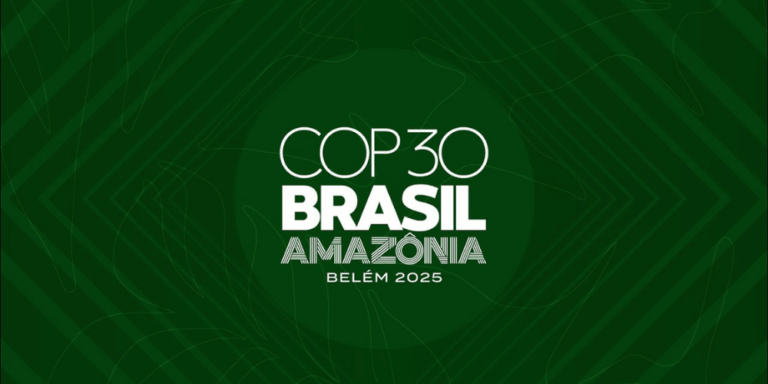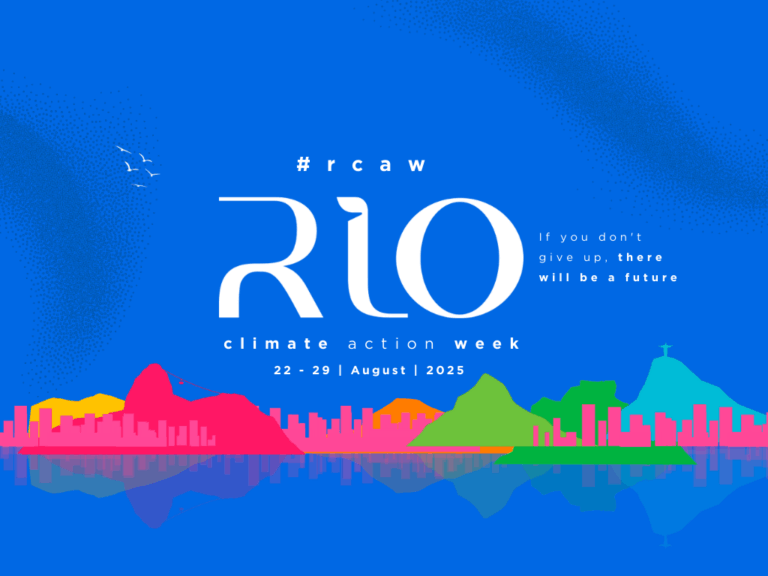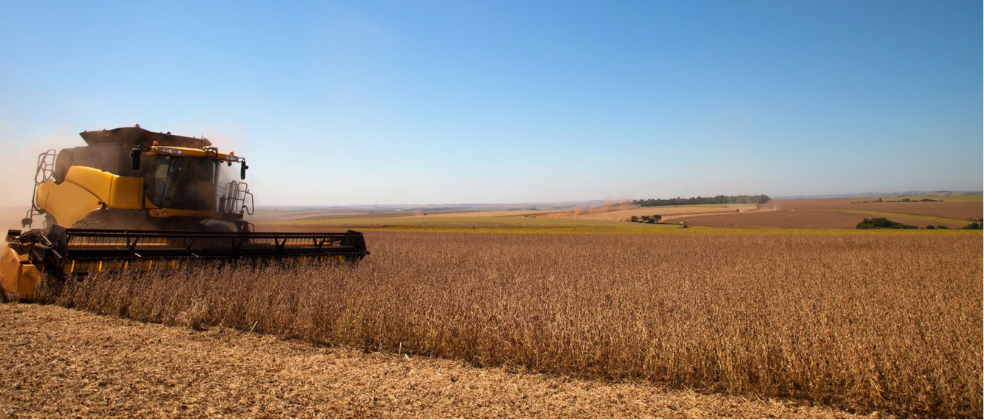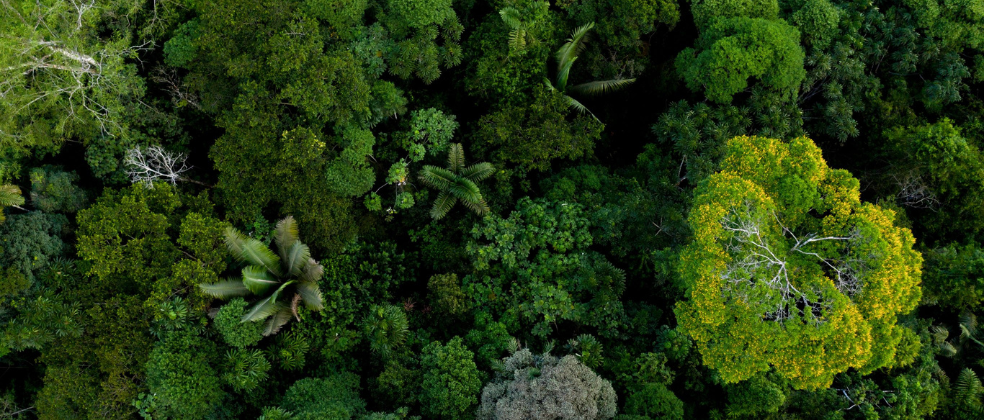A emissão de CRAs verdes da Dutch Fund for Climate and Development (DFCD) inicia colaboração para fomentar a produção de soja livre de desmatamento e conversão (DCF, na sigla em inglês) no bioma Cerrado, por meio da expansão do programa Responsible Commodities Facility (RCF). o Responsible Commodities Facility (RCF).
Lançado em 2022, o RCF Cerrado é financiado por meio da emissão de CRAs Verdes (títulos verdes do agronegócio) e oferece crédito agrícola a baixo custo para produtores de soja que se comprometem a preservar a vegetação nativa além do exigido por lei.
O projeto foi indicado ao DFCD pela organização World Wide Fund for Nature dos Países Baixos (WWF-NL), como uma nova iniciativa a ser desenvolvida no âmbito do fundo. O WWF-NL atua na gestão do Origination Facility do DFCD, em parceria com a SNV, organização internacional voltada ao desenvolvimento sustentável.
Está prevista a assinatura de um acordo de subvenção no valor de €206.900 entre o WWF-NL e a SIM. Com esses recursos, a SIM dará início a uma série de aprimoramentos estratégicos no RCF Cerrado. Entre eles, estão o desenvolvimento de mecanismos para incentivar práticas agrícolas regenerativas e a restauração de áreas degradadas, o fortalecimento da rastreabilidade da soja e a elaboração de políticas de gênero e direitos humanos. A proposta é alinhar o programa às novas regulamentações internacionais, como o Regulamento da União Europeia sobre o Desmatamento (EUDR), além de ampliar seus impactos positivos em adaptação climática e biodiversidade.
O Cerrado é uma das savanas mais biodiversas do planeta e uma das principais fronteiras agrícolas do Brasil. No entanto, tem sofrido cada vez mais com as mudanças climáticas e a conversão do uso do solo. Na safra 2023–2024, secas severas provocadas pelo El Niño resultaram em grandes perdas de produtividade, evidenciando a urgência de sistemas de produção mais resilientes.
Diante desse cenário, a SIM buscou apoio do Origination Facility do DFCD para desenvolver soluções capazes de reduzir emissões de gases de efeito estufa, melhorar a saúde do solo e da água, e proteger a vegetação nativa.
A subvenção será direcionada às seguintes atividades:
- Elaboração de políticas de gênero, direitos humanos e engajamento de partes interessadas
- Desenvolvimento de protocolos de agricultura regenerativa e estruturas de blended finance
- Modelos de incentivos para recuperação de pastagens degradadas
- Avaliação de alternativas para reflorestamento
- Fortalecimento dos sistemas de rastreabilidade da soja
Essas ações pretendem ampliar a escala e o impacto do Programa RCF Cerrado em prol da resiliência climática e da conservação da natureza.
Com a atração de novos investimentos privados, o programa prevê alcançar os seguintes resultados:
- 107.968 toneladas de CO₂e sequestradas por ano
- 100 mil hectares de produção agrícola adaptada ao clima
- 67 mil hectares de florestas sob manejo sustentável
“O RCF já demonstrou ser eficaz em fomentar a produção de soja livre de desmatamento no Cerrado, oferecendo crédito sob medida a produtores comprometidos com a conservação ambiental. Com o apoio do DFCD, o programa poderá ampliar significativamente seu impacto, contribuindo para a preservação do bioma, a restauração de solos e a transição para uma agricultura regenerativa.” — Fabrício de Campos, Assessor Sênior para América Latina e Caribe.
“Somos muito gratos pelo apoio do DFCD, do WWF-NL e do WWF-Brasil, que estão tornando possível a realização desses aprimoramentos estratégicos do RCF. As atividades adicionais foram desenhadas para incentivar ainda mais a agricultura regenerativa, a restauração de áreas degradadas, o fortalecimento da rastreabilidade da soja e o desenvolvimento de novas políticas de gênero e direitos humanos.” — Mauricio de Moura Costa, COO da SIM.
